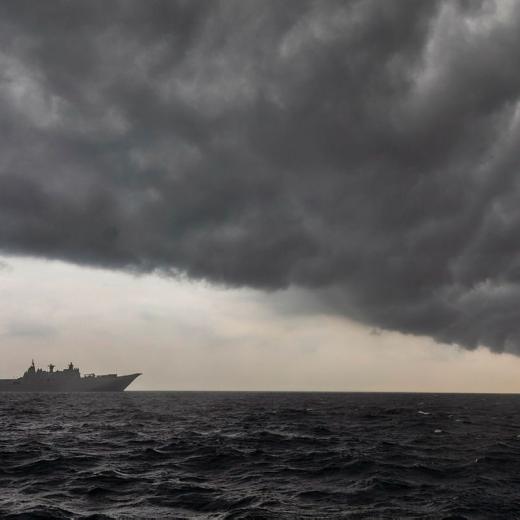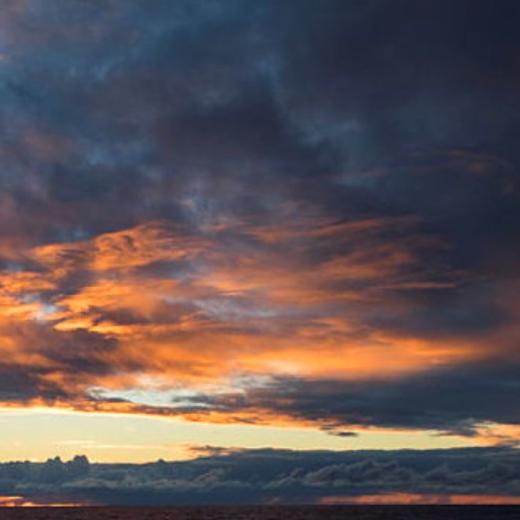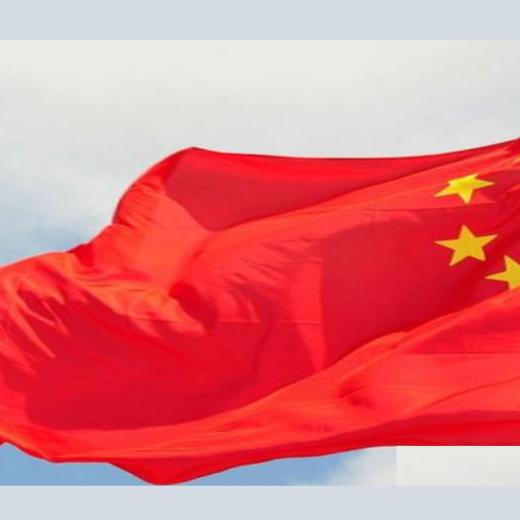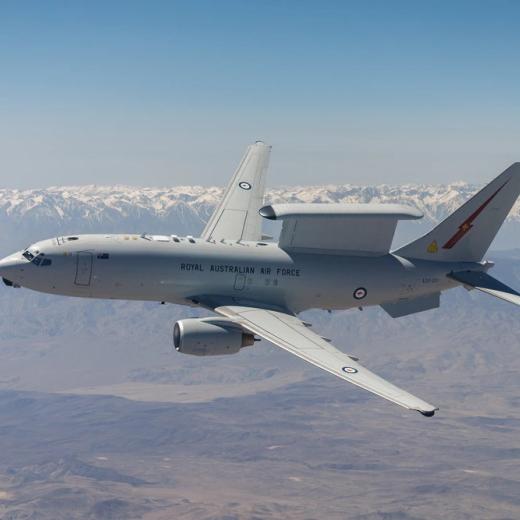BLUF
The Soviet Union collapsed very quickly, surprising many around the world.Summary
The Soviet Union (1917-1991) consisted of 16 constituent republics, named for their majority nationality, e.g., Russian, Ukrainian, Georgian, etc. It unexpectedly collapsed 30 years ago. Fitzpatrick outlines why:
-
The leaders of each of the republics had substantial power.
-
The central government in Moscow had less power than was realised.
-
President Gorbachev tried to reform the government through openness (glasnost), economic restructuring (perestroika), and individual initiative.
-
Economic reform was slow.
-
Most first-party secretaries of the republics changed their names to presidents, signalling a break from the central government.
-
Russia, Ukraine and Belarus saw an opportunity and agreed to dissolve the Soviet Union.
-
Only Estonia, Latvia and Lithuania had independence movements.
-
Interestingly, the Russian Republic had fewer powers and prerogatives than other republics.
-
The dissolution was a surprise to most Soviet citizens.
-
Soviet military and security services remained fully operational.
-
Losing superpower status and world respect has had long term ramifications.
References
- Aug 2021 Estonian World Estonia celebrates the 30th anniversary of the restoration of independence
- Oct 2021 Radio Free Europe The Undoing Of The U.S.S.R.: How It Happened
- Dec 2021 the Strategist The China threat and lessons from the collapse of the Soviet Union





